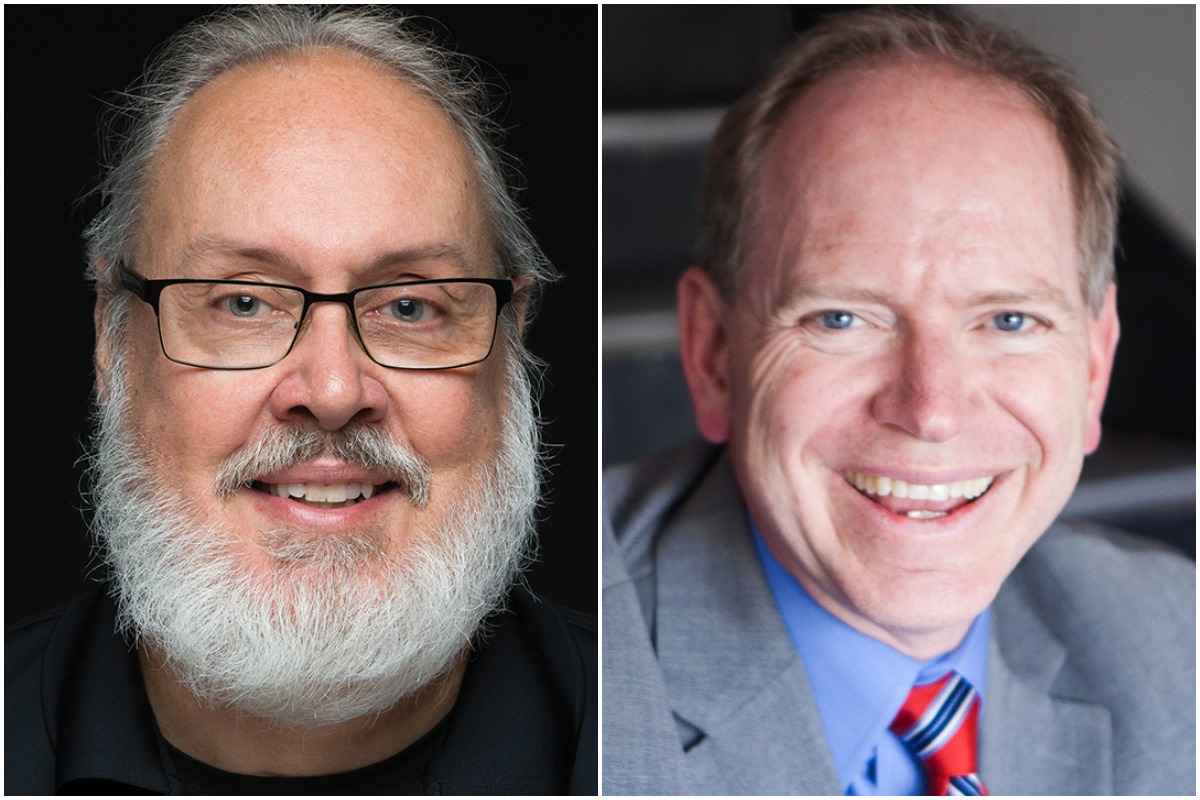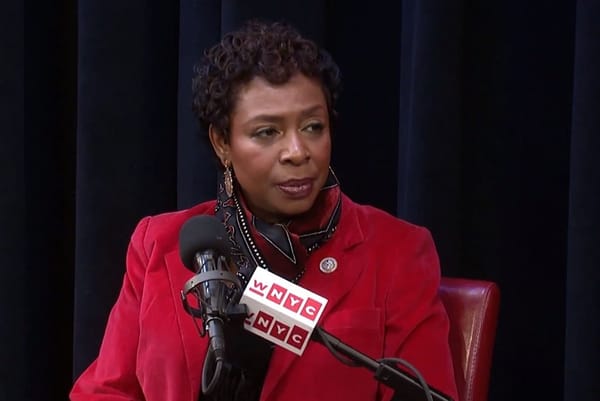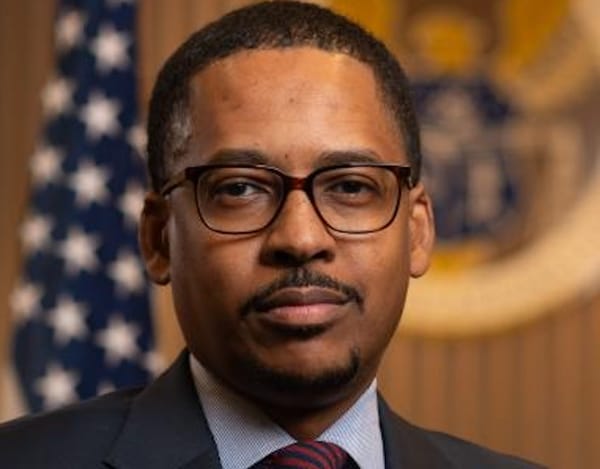Reverse Auctions, State-Led Funding, Higher Speeds: Speculation Mounts About Final Infrastructure Bill
Without further word on what to expect in the bipartisan infrastructure framework, Doug Dawson examines what direction it could take.

July 6, 2021—With the Biden Administration nearing a bipartisan infrastructure agreement, and questions swirling about exactly what the broadband component could look like, one consultant believes the final version could include a reverse auction process to disburse funds and a push for a higher speed minimum.
Both Democrats and Republicans are claiming victory for infrastructure with a tentative compromise that would allocate $65 billion for high-speed broadband. Though this is a far cry from the $100 billion that President Joe Biden’s initial “American Jobs Plan” called for in March, it is also significantly higher than the GOP’s first counter of $20 billion for broadband.
Though both Biden and Speaker of the House Sen. Nancy Pelosi, D-California, have made it clear that they will not support the legislation without specific preconditions, there are still so many unknowns regarding the legislation.
Doug Dawson, the owner and president of CCG Consulting, joined Broadband Breakfast’s Live Online event on June 30 to discuss some of the possible models and solutions that the bill in question might provide.
Reverse auction and state-led fund distribution
He explained that there are a handful of ways that this bill could be rolled out. The first model he pointed to was the reverse auction model, whereby funds are given to those bidders who require the least amount of money to build.
Dawson argued that even though this model was suggested in the “Accessible, Affordable, Internet for All Act” that was put forward by Sen. Amy Klobuchar, D-Minnesota, he did not anticipate that it would garner much support.
“People have a whole lot of problems with some of the things that popped up in [previous auctions] so I don’t think that idea has as much merit among the talking heads in Washington as it used to,” he said, “and we are certainly not hearing nearly as much support for it.”
In addition to the “Accessible, Affordable, Internet for All Act”, Dawson also brought up the “Broadband Reform and Investment to Drive Growth in the Economy Act.” This bipartisan model would see that money is given directly to the states and can be distributed for projects as each state deems necessary.

He pointed out that the wrinkle with this model is that while some states will do a fine job ensuring that the funding is distributed one way, others may deviate completely from tried-and-true methods. “Every state has their own politics,” Dawson said. “States are going to decide very different solutions, but I don’t know if there’s anything wrong with that.”
But Dawson stated that these are only some of the more notable proposals, and there are a myriad of models being circulated through Congress right now. “Pretty much every major topic related to how you would give broadband money out is probably on the table right now,” he continued. “I do not imagine [that the final version of the bill] is going to look like either one of those two bills—it’s going to be something brand new.”
Biden may push for 100 Mbps symmetrical speed minimum
Though he said that the plan will likely be under a model that is yet to be revealed, Dawson did point to several items that observers should expect to see the Biden Administration push for. He said that the White House will likely push for an emphasis on providing broadband for low-income communities and 100 Megabits per second symmetrical service as a minimum definition for broadband.
Though there has been little discussion about making any of these bills explicitly aligned with any one technology, Dawson said that there are few technologies that can sustain 100 Mbps symmetrical service, and that fiber may become the de facto technology used.
Satellite technologies in the mix
Despite this, he said that technologies like satellite need to be a part of the conversation for the hard-to-reach homes that could cost tens of thousands of dollars to cover.
“I do not think that [the federal government] has ever said every single home in America gets broadband; we want to get 99 something percent right but that last one percent is incredibly expensive.”
Only time will tell which direction the bipartisan framework will take. Whether Washington decides to model the “Bridge Act,” utilize a reverse auction model, or try something completely new and different, the experts are still left to guessing until more word comes down from Congress or the White House.
Our Broadband Breakfast Live Online events take place every Wednesday at 12 Noon ET. You can watch the June 30, 2021, event on this page. You can also PARTICIPATE in the current Broadband Breakfast Live Online event. REGISTER HERE.

Wednesday, June 30, 2021, 12 Noon ET — “5G, Digital Real Estate Investment Trusts and the Future of Broadband Infrastructure”
There are many potential outcomes and implications of the long-awaited federal broadband infrastructure bill. Join Broadband Breakfast for a session delving into some of the possibilities, as well as data centers, towers and Digital REITs, as the race for 5G accelerates.
More about Digital Infrastructure Investment 2021 at Broadband Communities Summit
Panelists:
- Doug Dawson, President, CCG Consulting
- Drew Clark (moderator), Editor and Publisher of Broadband Breakfast

Doug Dawson has worked in the telecom industry since 1978 and has both a consulting and an operational background. He and CCG specialize in helping clients launch new broadband markets, develop new products and finance new ventures. CCG, the largest telecom consulting firm in the United States in terms of clients, has a varied telecommunications practice and helps clients with engineering, regulatory, operation and planning issues. Dawson also writes the daily blog potsandpansbyccg.com, which covers a wide range of topics for broadband and related subjects.
- The Infrastructure Guessing Game (POTs and PANs)
Drew Clark, Editor and Publisher of Broadband Breakfast, also serves as Of Counsel to The CommLaw Group. He has helped fiber-based and fixed wireless providers negotiate telecom leases and fiber IRUs, litigate to operate in the public right of way, and argue regulatory classifications before federal and state authorities. In addition to representing public and private providers on broadband issues, Drew is actively involved in issues surrounding interconnected Voice-over-Internet-Protocol service, spectrum licenses, robocalling including STIR/SHAKEN, and the provision of video franchises and “over-the-top” copyrighted content.
WATCH HERE, or on YouTube, Twitter and Facebook.

As with all Broadband Breakfast Live Online events, the FREE webcasts will take place at 12 Noon ET on Wednesday.
SUBSCRIBE to the Broadband Breakfast YouTube channel. That way, you will be notified when events go live. Watch on YouTube, Twitter and Facebook.
See a complete list of upcoming and past Broadband Breakfast Live Online events.








